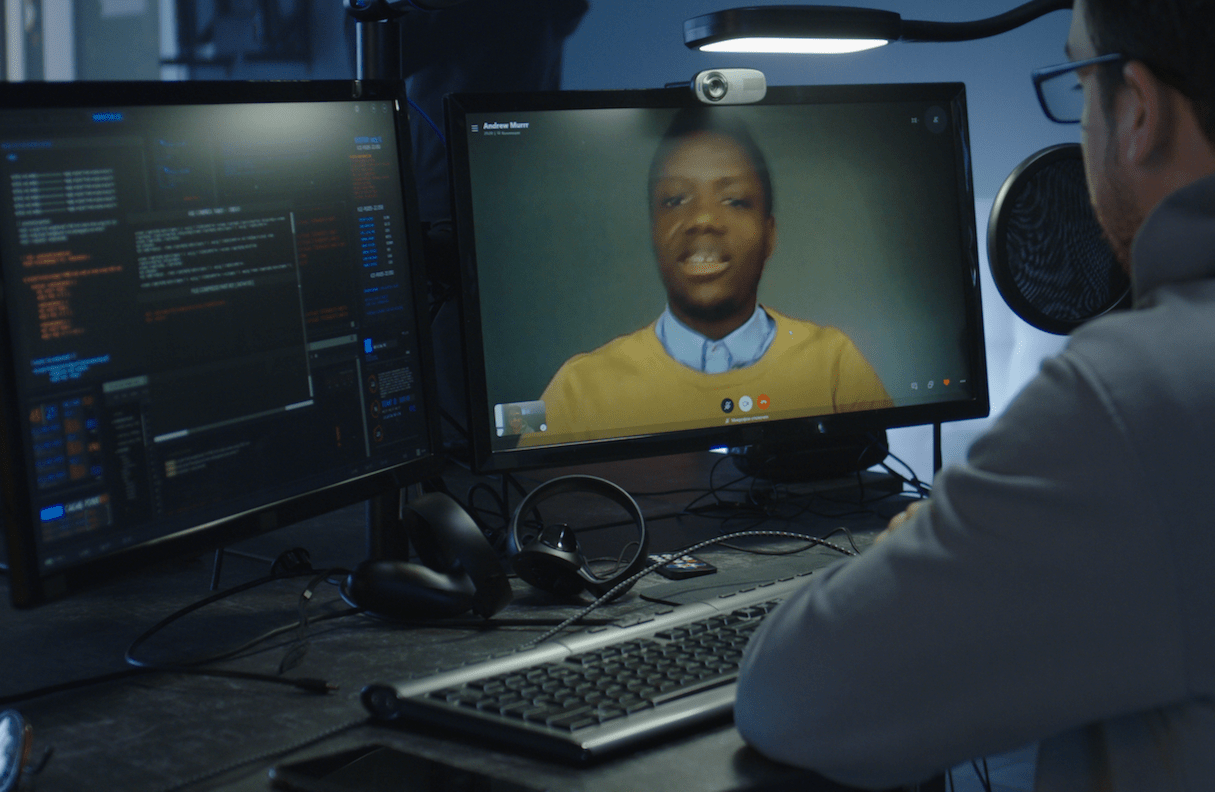Our first blog on remote teams focused on alignment with the customer. But external alignment is only half of creating and maintaining a successful remote agile model. Teams need to bridge the distance to create internal alignment and harmony in order to deliver the best results.
Align on successful working environment
Once a distributed team understands what it must deliver to thrill a customer, it also needs to align around how to work together to get things done. These elements fall into two buckets.
Basics
- Definitions of ready and done
- Shared coding standards
- Consistent integrated development environments
- Standards for collaboration tools
Cultural
- How to collaborate with each other
- When/how to seek answers outside of the team
- How to cascade shared learnings
- How to ask for help if you’re stuck
- How to give open and honest feedback
- How to hold each other accountable
- Shared behavioral expectations
Schedule working video conferencing sessions with the team. Have your scrum master, team lead or other natural leaders facilitate intentional and deliberate discussions around these topics. These conversations, and the working agreements that emerge, should happen as organically as possible. But, sometimes prompts and nudges can help keep the conversation moving. Some of my favorites include:
- What challenges are we going to face? What’s going to be hard about working remotely?
- How will we structure our day to support effective collaboration?
- What do we need to be extra disciplined about? What do we need to monitor?
- How are we going to look after each other? What will we do to manage our own morale and connectedness?
- When can we interrupt each other?
- What goals do we have for ourselves? How will we know when we’ve achieved them? How will we celebrate our wins?
- How will we show that we trust one another? What does respecting that trust look like?
- How will we make sure we have healthy conflict?
- How will we hold each other accountable? When an opportunity for constructive feedback surfaces, how will we approach it?
- How will we make commitments to each other? How will we as a team make commitments to the business or the customer? What will we do if we think we might fall short of one of those commitments?
As working agreements emerge from these conversations, document and post them to the team’s virtual work space. Revisit the working agreements at each sprint retrospective. Call out successes, shortcomings and desired refinements to improve future outcomes.
Nurture relationships
Remote developers must know their teammates and leaders care about them as people. Without real relationships to bind them together, distributed teams can fracture into sets of individuals as team spirit and teamwork devolve.
Make time and space for conversations and interactions that would happen more organically for colocated teams. Simple ways to do this include:
- Ask a personal question at the beginning of each team meeting.
- Schedule virtual lunchrooms, coffee breaks or happy hours.
- Combine a video conference with an online game of cards or board game.
- Bring your wife, kids or pets to a meeting.
- Assemble a list of questions each team member would like to have teammates answer. Take turns answering the questions over lunch.
- Have each team member share the favorite picture they took in the past year and the story behind it.
- Treat the team to lunch. Set a date, email gift cards for a meal delivery service and share the meal at a virtual table.
Whatever your method, encourage informal gatherings, bring fun to the job and inject opportunities to discuss life outside of the codebase. Provoke personal conversation and connection. A foundation of familiarity makes the hard stuff easier.
Practice gratitude
Virtual pats on the back and high fives mean a lot. Coach the full leadership chain – team leads, managers, directors, executives and even client/customer stakeholders – to go out of their way to recognize and reward performance, and to share and deliver gratitude. Mindfully replace spontaneous small gestures you make in the office with ones you can deliver via technology.
Some of the best solutions are paradoxically low tech – a hand-written note in the mail, phone call from a grateful client or executive, physical gift card or traveling sprint MVP trophy can demonstrate your appreciation and reinforce both performance and culture.
As with all things agile, perfecting a remote team’s alignment and culture takes iteration. Make the time to revisit, reflect, examine, experiment and refine. When something isn’t working for the team, encourage them to change it. Self-organization and self-advocacy go hand-in-hand. A team that aligns to practice both will surely find its way, regardless of physical location or proximity.
– The first in this series presented how to align remote agile teams with your customers.


